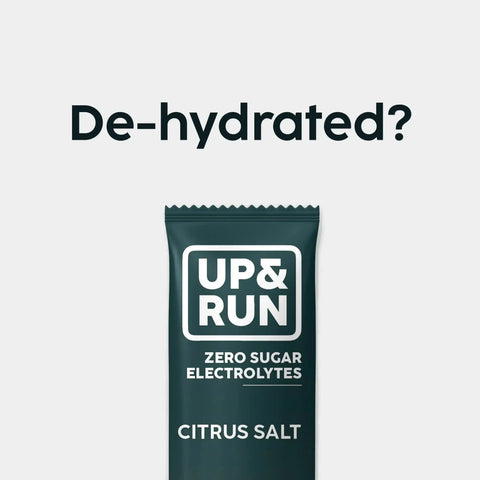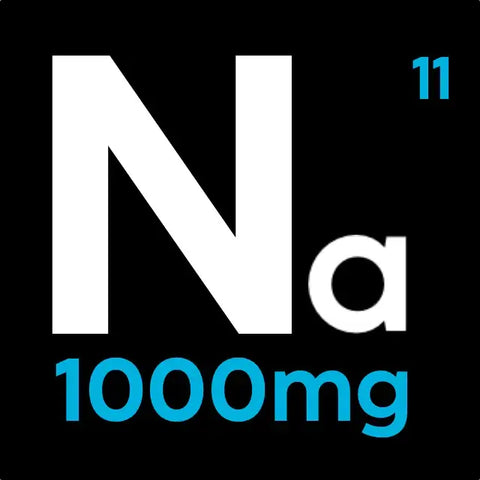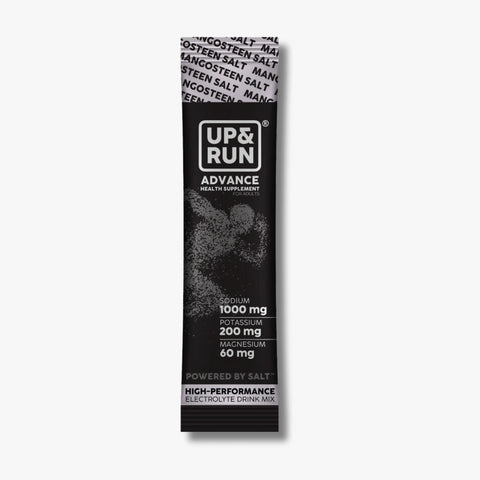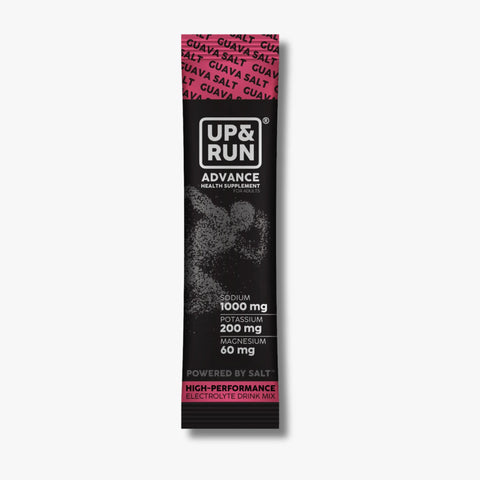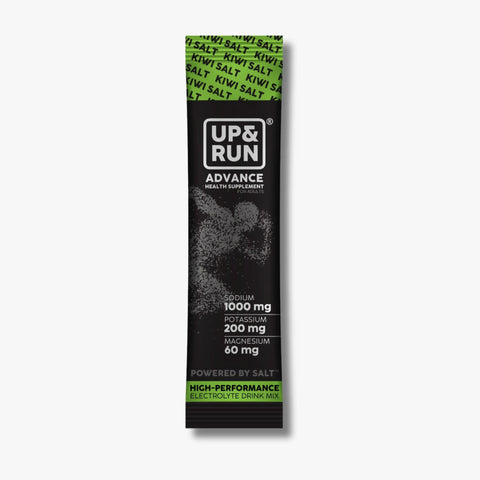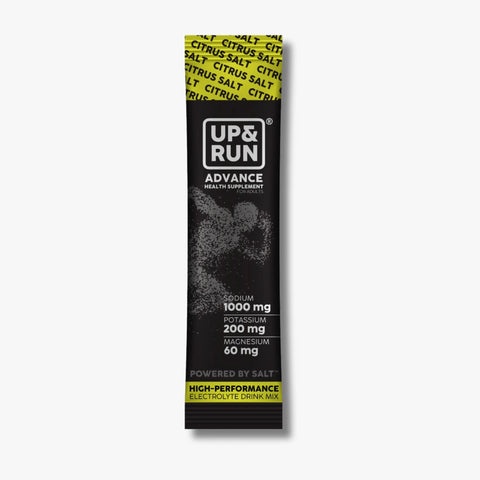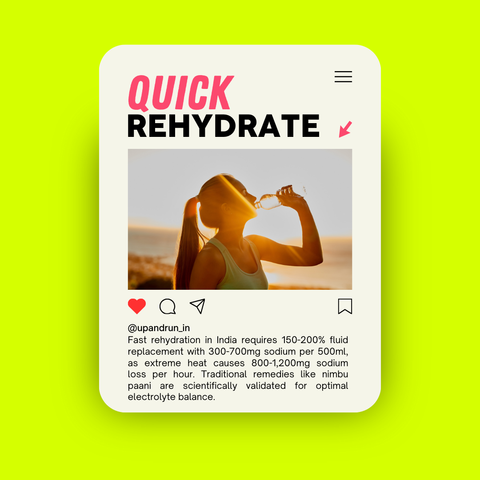
Introduction: Why Fast Rehydration Matters in India
India's diverse climate zones from the humid coastal regions to the scorching northern plains present unique hydration challenges for athletes, fitness enthusiasts, and active individuals. Whether you're training for a marathon in Mumbai's humidity, playing cricket in Delhi's heat, or trekking in the Himalayas, understanding how to rehydrate quickly and effectively can make the difference between peak performance and dangerous dehydration.
With temperatures soaring above 45°C in many parts of India and humidity levels reaching 80-90% in coastal areas, proper hydration becomes not just about performance it’s about survival. This comprehensive guide will teach you evidence-based strategies to rehydrate fast, tailored specifically for Indian conditions and lifestyle.
Understanding Dehydration in the Indian Context
The Indian Climate Challenge
India's climate poses unique hydration challenges:
-
Extreme heat: Summer temperatures regularly exceed 40°C across northern India
-
High humidity: Coastal regions experience 70-90% humidity, reducing sweat evaporation
-
Monsoon variations: Sudden weather changes affect hydration needs
-
Altitude variations: From sea level to 3,000m+ in hill stations, affecting fluid requirements
What Happens When You're Dehydrated
Dehydration occurs when your body loses more fluids than it takes in. In India's climate, this can happen frighteningly fast. Your body, which is 60% water, begins to struggle when fluid levels drop by just 2-3%.
Critical signs of dehydration in hot Indian conditions:
-
Excessive thirst and dry mouth
-
Reduced urine output or dark yellow urine
-
Fatigue and weakness
-
Dizziness or lightheadedness
-
Headaches
-
Muscle cramps (common during cricket matches or football training)
-
Nausea and vomiting
-
Rapid heartbeat
Emergency warning signs requiring immediate medical attention:
-
Confusion or altered mental state
-
Rapid, weak pulse
-
No sweating despite heat
-
Fainting or loss of consciousness
-
Seizures
The Science of Fast Rehydration
Why Water Alone Isn't Enough
Many Indians believe that drinking lots of water is sufficient for rehydration. This is a dangerous misconception, especially in our climate. When you sweat in India's heat, you lose not just water but crucial electrolytes:
-
Sodium: Essential for fluid balance and nerve function
-
Potassium: Critical for muscle function and heart rhythm
-
Magnesium: Vital for muscle relaxation and energy production
-
Chloride: Helps maintain fluid balance and aids digestion
The Electrolyte Loss Reality in Indian Conditions
Research shows that in hot, humid conditions typical of Indian summers:
-
Sodium loss: 800-1,200 mg per hour of activity
-
Potassium loss: 150-300 mg per hour
-
Magnesium loss: 15-25 mg per liter of sweat
-
Chloride loss: 1,200-1,800 mg per hour
These losses are significantly higher than in temperate climates due to India's extreme heat and humidity.
The Optimal Rehydration Formula
For fastest rehydration in Indian conditions, you need:
-
Adequate fluid volume: 150-200% of fluid lost
-
Optimal sodium concentration: 300-700 mg per 500ml
-
Balanced electrolytes: Including potassium, magnesium, and chloride
-
Proper timing: Sip consistently rather than gulping
Traditional Indian Hydration Solutions vs. Modern Science
Time-Tested Indian Remedies
Indian culture has developed effective hydration solutions over millennia:
-
Nimbu Paani (Lemon Water with Salt)
Ingredients: 1 large lemon, 1/4 teaspoon rock salt (sendha namak), 2 tablespoons sugar or jaggery, 500ml water, mint leaves (optional) -
Coconut Water: Nature's sports drink, rich in potassium and naturally isotonic (Read benefits of coconut water)
-
Buttermilk (Chaas): Provides probiotics, electrolytes, and cooling effect
-
Sattu Drink: Made from roasted gram flour, providing sustained energy and minerals
-
Aam Panna: Raw mango drink rich in vitamin C and electrolytes
Modern Scientific Validation
Recent research validates many traditional Indian hydration practices:
-
Coconut water matches commercial sports drinks for rehydration
-
Salt and lemon combinations provide optimal sodium-potassium ratios
-
Buttermilk's probiotics support gut health during heat stress
-
Natural sugars in traditional drinks enhance sodium absorption
Sports-Specific Hydration for Indian Athletes
Cricket
-
Pre-match: 500ml electrolyte drink 2 hours before
-
During match: 150ml every 15 minutes during breaks
-
Post-match: 1.5x fluid loss replacement
Football/Soccer
-
Training: 200ml every 15 minutes during practice
-
Match day: Sports-specific electrolyte timing
-
Recovery: Focus on sodium and potassium replacement
Marathon/Long Distance Running
-
Pre-race: Carb-loading with electrolytes
-
During race: 150-200ml every 15-20 minutes
-
Post-race: Comprehensive electrolyte replacement
Tennis
-
Between sets: Quick electrolyte sips
-
Changeovers: 100-150ml rehydration
-
Post-match: Extended recovery protocol
Common Rehydration Mistakes in India
Mistake 1: Drinking Too Much Plain Water
-
Problem: Can lead to hyponatremia (water intoxication)
-
Solution: Always include electrolytes with large fluid intake
Mistake 2: Ice-Cold Drinks in Extreme Heat
-
Problem: Can cause stomach cramps and shock
-
Solution: Room temperature or slightly cool fluids
Mistake 3: Relying Only on Commercial Sports Drinks
-
Problem: Often insufficient electrolyte concentration for Indian conditions
-
Solution: Enhance with additional salt or choose traditional options
Mistake 4: Ignoring Individual Sweat Rates
-
Problem: Over or under-hydration
-
Solution: Calculate personal sweat rate and adjust accordingly (Learn how to calculate sweat rate)
Mistake 5: Waiting Until Thirsty
-
Problem: Thirst is a late indicator of dehydration
-
Solution: Proactive hydration schedule
Calculating Your Personal Hydration Needs
Sweat Rate Calculation
-
Weigh yourself naked before activity
-
Exercise for 1 hour, noting fluid intake
-
Weigh yourself again (naked, towel dried)
-
Calculate: (Pre-weight - Post-weight + fluid intake) = Sweat rate per hour
Daily Fluid Needs in Indian Climate
-
Base requirement: 35-40ml per kg body weight
-
Activity adjustment: Add 500-750ml per hour of exercise
-
Climate adjustment: Add 20-30% for extreme heat/humidity
-
Individual factors: Age, fitness level, acclimatization
Emergency Rehydration for Indian Conditions
Recognizing Heat Stroke vs. Dehydration
Heat Stroke Signs:
-
High body temperature (40°C+)
-
Altered mental state
-
Hot, dry skin (no sweating)
-
Rapid pulse
Immediate Action:
-
Move to shade/AC immediately
-
Apply cooling methods (wet cloths, ice packs)
-
Call emergency services (102/108)
-
DO NOT give fluids if unconscious
When to Seek Medical Help
-
Persistent vomiting preventing fluid intake
-
Signs of severe dehydration despite treatment
-
Confusion or altered consciousness
-
Chest pain or difficulty breathing
-
No improvement after 2 hours of treatment
Preventive Hydration Strategies
Daily Hydration Habits
-
Morning: Start with 500ml water + pinch of salt
-
Pre-activity: Hydrate 2-3 hours before exercise
-
During activity: Follow sport-specific protocols
-
Post-activity: Replace 150% of fluid losses
-
Evening: Monitor urine colour for adequacy
Environmental Preparation
-
Acclimatization: Gradually increase heat exposure
-
Clothing: Light-coloured, loose-fitting, breathable fabrics
-
Timing: Avoid peak heat hours (11am-4pm)
-
Environment: Seek shade, use fans, wet towels
Seasonal Adjustments
-
Summer: Increase baseline fluid intake by 30-50%
-
Monsoon: Adjust for humidity changes
-
Winter: Maintain hydration despite reduced thirst
-
Festival seasons: Plan for increased activity levels
Hydration for Special Populations
Children and Adolescents
-
Higher surface area to body weight ratio
-
Less developed sweat response
-
May not recognize thirst cues
-
Require more frequent monitoring
Elderly Indians
-
Reduced thirst sensation
-
Medications affecting fluid balance
-
Kidney function changes
-
Need structured hydration schedules
Pregnant Women
-
Increased fluid needs
-
Morning sickness complications
-
Heat sensitivity changes
-
Consult healthcare provider
People with Medical Conditions
-
Diabetes: Monitor blood sugar with rehydration
-
Kidney disease: Fluid restrictions may apply
-
Heart conditions: Sodium limitations
-
Always consult healthcare provider
Technology and Tools for Hydration
Hydration Apps
-
Set reminders for fluid intake
-
Track daily consumption
-
Monitor weather conditions
-
Calculate personal needs (Top hydration apps)
Wearable Devices
-
Sweat rate monitors
-
Heart rate tracking
-
Temperature monitoring
-
Activity-based recommendations
Traditional Indicators
-
Urine colour charts
-
Thirst awareness
-
Energy level monitoring
-
Performance tracking
Conclusion: Mastering Hydration in India
Effective rehydration in India's challenging climate requires understanding both traditional wisdom and modern science. The key principles are:
-
Proactive approach: Don't wait for thirst
-
Electrolyte balance: Water alone isn't enough
-
Individual customization: Calculate your specific needs
-
Environmental awareness: Adjust for local conditions
-
Traditional integration: Combine ancient wisdom with modern knowledge
Remember, proper hydration is not just about performance—it's about health and safety in India's extreme climate conditions. Whether you're a professional athlete, weekend warrior, or simply trying to stay healthy in Indian heat, these strategies will help you maintain optimal hydration and peak performance.
Final reminder: While this guide provides comprehensive information, always consult healthcare professionals for personalized advice, especially if you have underlying health conditions or are taking medications that affect fluid balance.
Stay hydrated, stay healthy, and keep running with UP&RUN!


